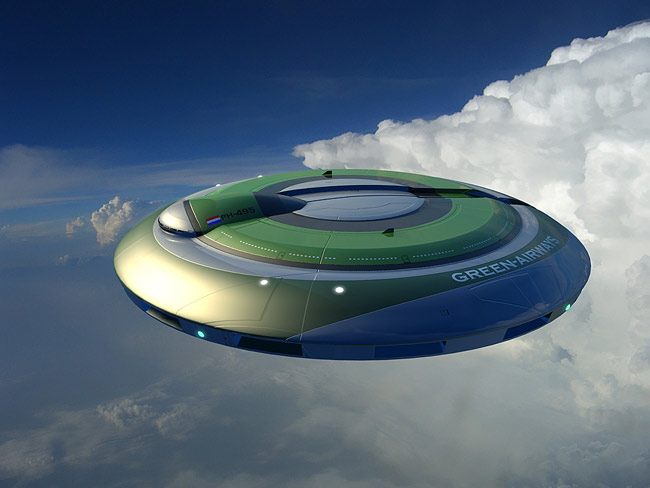New Jersey UFO Likely a Hoax

It seems likely that a mysterious set of UFO lights that appeared over Phoenix, Arizona last year made an unexpected reappearance over New Jersey on Monday night.
Strange lights appeared over New Jersey's Morris County on the evening of Jan. 5, according to a local TV station's report. The bright red lights were first noticed in the night sky by an eleven-year-old girl, who pointed out three lights grouped together, and another pair some distance away. The lights moved silently and slowly, then disappeared one by one.
The girl's mother, Cindy Hurley, said it was "unsettling...something you've never seen before, and a very strange pattern." Paul Hurley, a pilot, said he was baffled: "I've been in aviation for 20 years and never seen anything like it." The local airport didn't report anything unusual on radar, and police fielded calls from alarmed residents.
Clues about the identity of the New Jersey UFO can be found in a case of identical, mysterious lights seen over Phoenix last year.
Phoenix Lights Revisited
On April 21, 2008, hundreds of Phoenix residents called police and local news media to report bright red lights hovering silently over the city. They changed shape after a while, moving from a triangular to rectangular configuration, then disappeared one by one. As in the New Jersey case, the local airport reported that nothing appeared on radar scans of the area.
So what were they?
Get the world’s most fascinating discoveries delivered straight to your inbox.
The fact that the two cases are identical in virtually every way suggests that the same UFO appeared. (Of course since UFOs don't have registration numbers painted on the fuselage, it's impossible to be certain, but eyewitnesses reported seeing the same thing.)
In the Phoenix case, the UFO became an IFO, an Identified Flying Object. The 2008 Phoenix Lights case was a hoax, created by road flares tied to helium balloons. The hoaxer admitted it, and eyewitnesses reported seeing him do it.
In both cases, all the evidence points to a hoax: The lights moved independently like floating objects, not fixed lights on an aircraft; they moved together in the same direction as the wind; they did not show up on radar; and the lights extinguished in exactly the pattern we would expect from flares, going out one by one.
And isn't it interesting that red is the most common color of road flares?
But wait, there's more ...
Possible confirmation of the hoax hypothesis came from another New Jersey eyewitness, one who got a closer look at the lights than the Hurley family. In a call to the police, the man reported "balloons with these five lights flying over right now."
It's not surprising that eyewitnesses, including a pilot, could not identify the objects, since most people have not seen road flares tied to balloons in the night sky. There's no reason a pilot, or anyone else, would recognize it: The lights literally were nothing they had ever seen before — but not necessarily anything extraterrestrial.
Will someone come forth in the following days admitting their copycat prank? Possibly. While some hoaxers do it for the notoriety, many just do it for fun, eagerly watching the news reports quoting excited and baffled eyewitnesses. Of course, the conspiracy minded don't like simple explanations. For some it's easier to believe that an alien spaceship caused the lights than a hoaxer with flares, helium balloons, and some free time.
Benjamin Radford is managing editor of the Skeptical Inquirer science magazine. His books, films, and other projects can be found on his website. His Bad Science column appears regularly on LiveScience.



